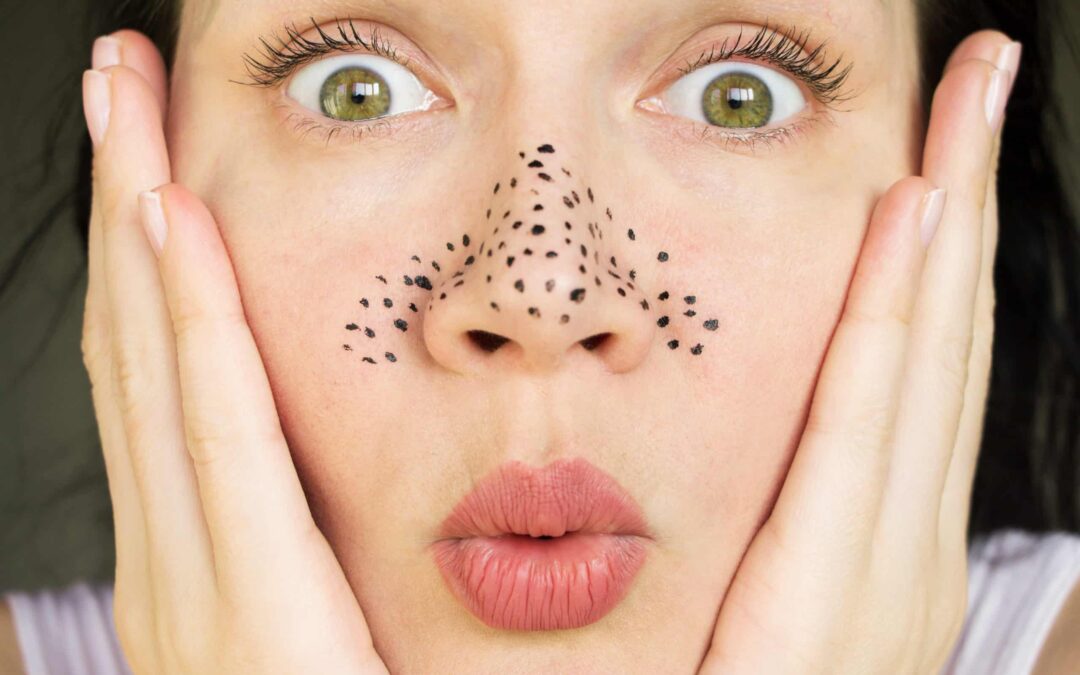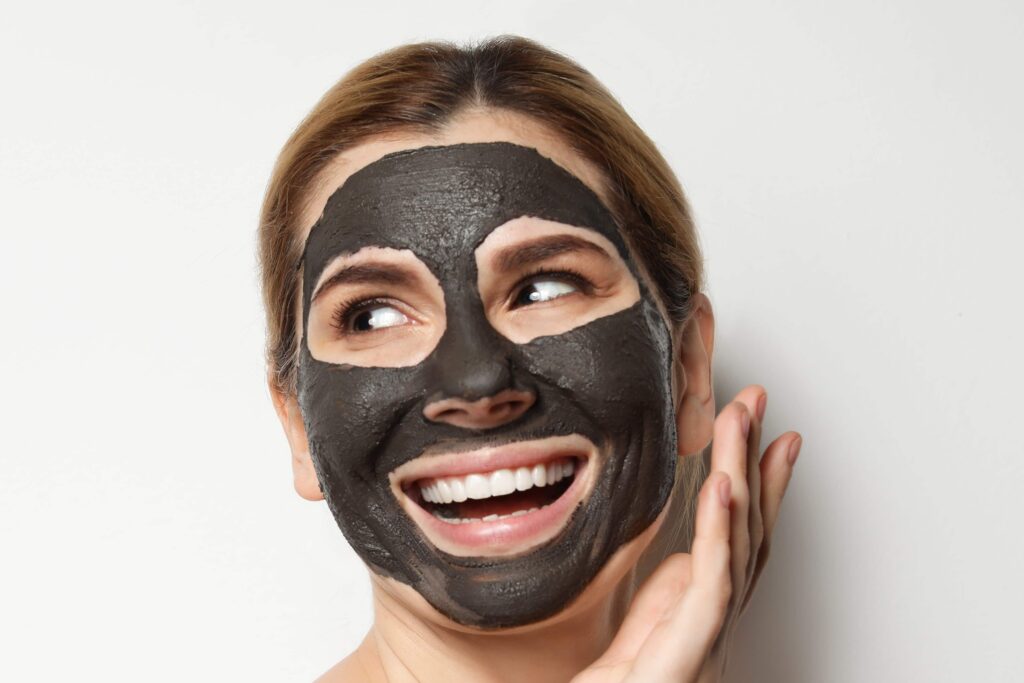While all sorts of pimples are no fun, blackheads can be the most annoying to deal with. They are abundant, challenging to hide, and just keep coming back. Though blackheads are more likely to appear on people with oily or acne-prone skin, they may appear in any person, no matter what type of skin they have.
Read on to find out more about blackheads and some of the most effective ways to get rid of them.
What Exactly Are Blackheads?
Blackheads, medically known as open comedones, are tiny bumps that form on your skin due to clogged hair follicles. These small bumps or pores are filled with oil or sebum, debris, and dead skin cells. The reason they are called “blackheads” is because of their dark or black appearance.
Although blackheads are a mild type of acne that usually appear on the face, they can also form on the following body parts:
- Chest
- Back
- Neck
- Shoulders
- Arms
P.S: Blackheads on the nose are especially common.
What Causes Blackheads?
Blackheads form when a hair follicle (or pore) becomes clogged or plugged with dead skin cells and sebum. Generally, sebum helps protect your skin and keeps it soft and supple. But if the excess amount of oil and dead skin cells accumulate in a pore, it can form a bump.
If the skin above the bump opens, the air exposure causes the clog to look black, thus forming a blackhead. However, when the skin over the bump remains closed, it produces a whitehead.
There are a few but significant factors that may make you more prone to develop blackheads and acne, including:
- Excessive production of an oily substance called sebum
- Accumulation of the bacteria Propionibacterium acnes and dead skin cells on your skin
- Hormonal changes, which may cause the excessive production of oil within the skin, such as during puberty, menstruation (period acne), and when taking oral contraceptives.
Proven And Effective Practices To Remove Blackheads
When you detect a blackhead on your skin, you may find it tempting to push or pinch the black clog or plug it out. However, this may damage the skin and leave a scar.
Following are some of the proven practices to get rid of blackheads.
1. Reconsider Your Face Washing Routine
Cleansing your face may seem like a bit of basic advice, but it can go a long way to help prevent dirt and excess oil from accumulating in your pores.
Washing your face is one of the essential steps in your skin-care routine for a good reason. Cleansing your skin regularly will help remove any excess oil, dead skin cells, dirt, bacteria, or makeup that’s dwelling on your face.
For many people, washing their face twice a day is suitable. But for some people, especially dry or sensitive skin, washing their face with a cleanser once a day is the right move.
Another important thing is to ensure that the cleanser you use is non-comedogenic, which means it won’t clog your pores. Also, try not to over-cleanse – it may strip the oil from your skin, causing the skin to secrete more oil.
Excess sweat can also combine with bacteria, dirt, and dead skin cells to plug your pores, possibly resulting in blackheads. So it’s crucial to wash your face after a workout or any activity that causes excessive sweating.
2. Exfoliate Your Face
If cleansing regularly is not enough to remove all the dead skin cells and dirt that can clog your pores, you may need to incorporate some exfoliation into your routine. And the good news? There are many options to choose from!
Regular exfoliation may help remove excess dead skin cells, dirt, and sebum that can cause clogged pores. It can also help in mildly removing existing blackheads.
However, instead of using harsh scrubs, you must choose exfoliants that contain alpha and beta hydroxy acids (BHAs and AHAs and BHAs). These acids help gently remove dead skin cells and allow the penetration of other products into the skin in a more effective way.
For most people, exfoliating their face just once or twice a week is plenty. If your skin is oily or not too sensitive, a physical exfoliant may be an excellent option for you.
3. Try An Over-The-Counter Retinoid Product
Retinoids also help improve blackheads and severe acne cases by unclogging pores. It may also enhance the effectiveness of other over-the-counter products by allowing them to enter into the pores.
Search for over-the-counter products containing salicylic acid to get rid of blackheads. Salicylic acid helps remove blackheads by breaking down excess oil and dead skin cells. Choose your daily cleanser that contains salicylic acid. You may want to use it once a day, but when you feel like your skin has adjusted to it, you can start using it twice a day.
Note: Some people develop an allergic reaction when using non-prescription acne products. So if you plan to use a non-prescription acne product for the first time and are worried about having a possible allergic reaction, it is recommended to see a dermatologist.
4. Use A Clay Or Charcoal Mask Occasionally
Clay masks help eliminate excess dirt and oil from the skin, as well as loosening and unblocking clogged pores. Sulfur is also present in some clay masks, which helps clear up blackheads by breaking down dead skin cells.
Just like a clay mask, a charcoal mask also helps remove dead skin cells, oil, and other kinds of impurities from the pores.
However, make sure to use these products with care (i.e. use them just once a week) and apply moisturiser after using them because they can dry the skin out.
5. Use Pore Strips
Pore strips are like a Band-Aid, used to rip away dead skin cells and dirt. They temporarily remove the external skin layer along with the dirt and oil that form blackheads.
6. Say No To Popping Blackheads!
Want to learn the truth?
Picking or popping blackheads does not necessarily make them go away. In fact, popping them can make things worse, as they can spread bacteria all around the skin. Also, popping acne or blackheads too often can cause long-term scarring.
Summing Up
As mentioned above, there are plenty of ways to eliminate blackheads. You may also prevent the emergence of blackheads by removing makeup before sleeping, using oil-free cosmetic products, and using a limited number of products on your face at a time.
If you still observe pre-existing or new blackheads after 6-12 weeks, visit a dermatologist- they can extract blackheads using professional tools.




Recent Comments